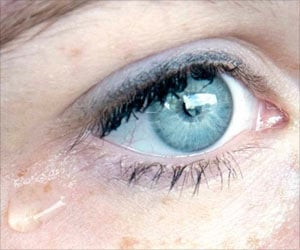The relationship between emotional regulation and brain connectivity in Autism spectrum disorder (ASD) has been examined.

‘The relationship between emotional lability and neuronal activity in two brain regions of children with autism spectrum disorder has been identified.’





Coauthors Randi Bennett and Amy Roy, Fordham University, Bronx, NY and Krishna Somandepalli and Adriana Di Martino, NYU Child Study Center of the Langone Medical Center, New York, NY, used resting-state fMRI to study the variability in emotional lability between a group of children 5-12 years of age. Whole brain analysis led the researchers to focus on neuronal circuits in two brain areas of interest, the middle frontal gyrus and the posterior insula.The researchers suggest that differences in neuronal network interactions may have a role in emotion regulation variability in individuals with ASD.
"Exaggerated mood changes are symptomatic hallmarks of autism spectrum disorder. Ms. Bennett and her colleagues have made an important contribution to the autism literature by identifying novel brain-behavior relationships that may lead to a greater understanding of the central linkage between emotional control and autism," states Christopher Pawela, PhD, Editor-in-Chief of Brain Connectivity.
Research reported in this publication was supported by the National Institute of Mental Health under Award Numbers K23MH087770, R01MH105506, and R01MH081218 and the National Institute of Child Health and Human Development under Award Number R01HD065282. The content is solely the responsibility of the authors and does not necessarily represent the official views of the National Institutes of Health.
Advertisement












